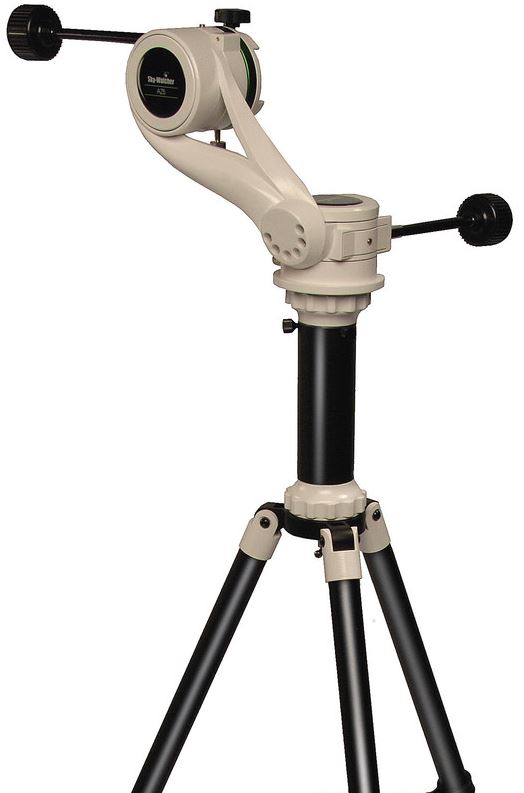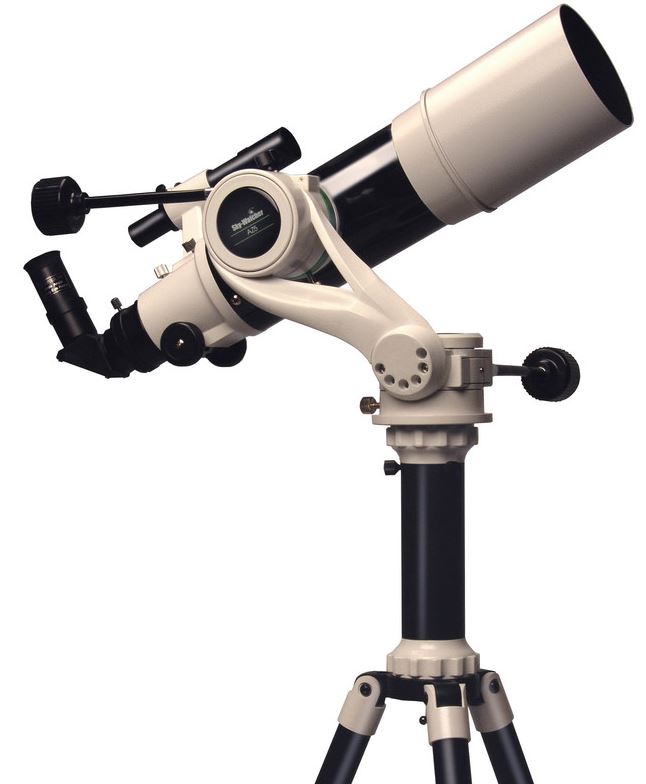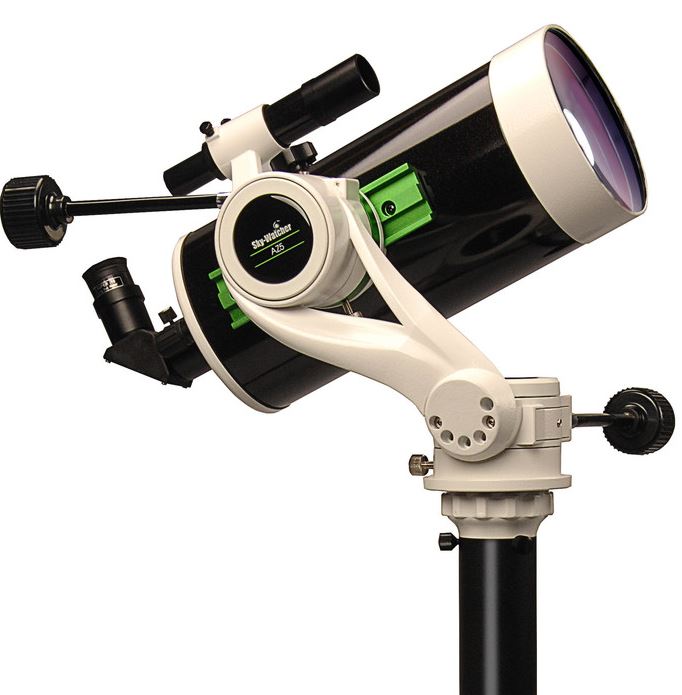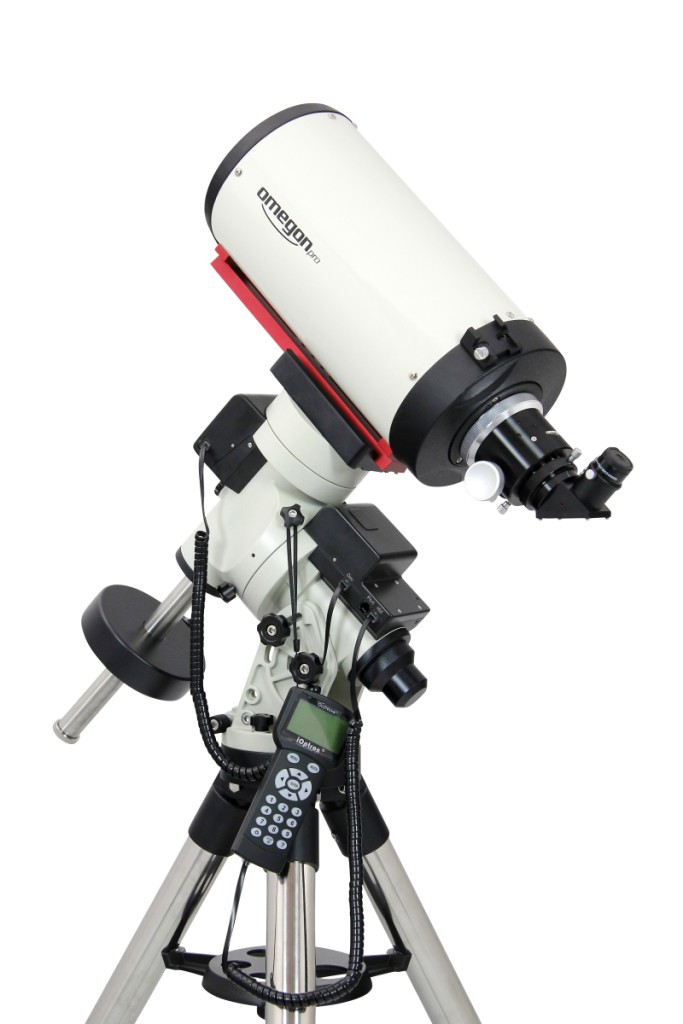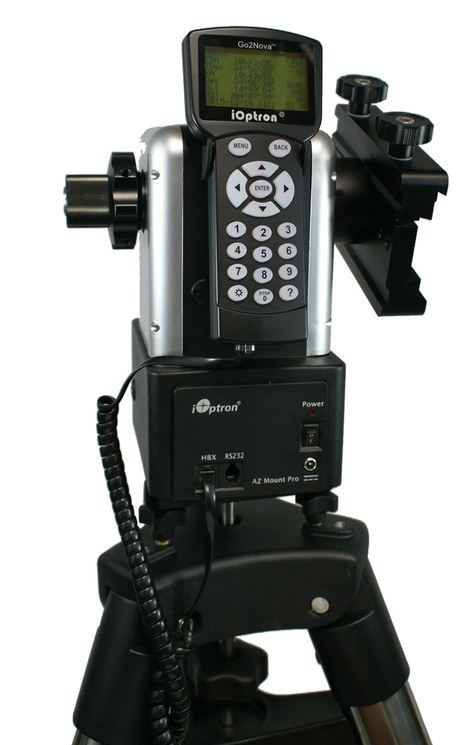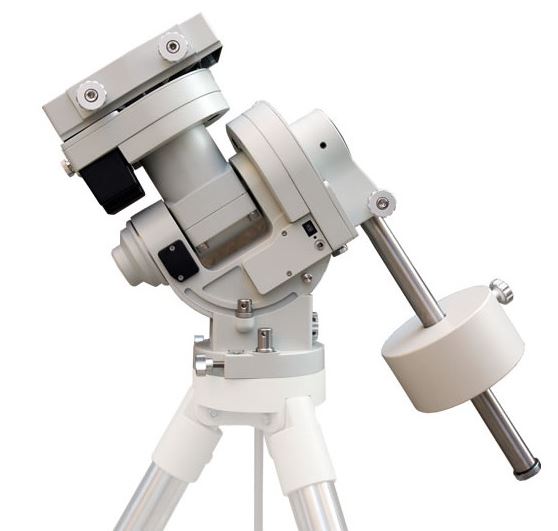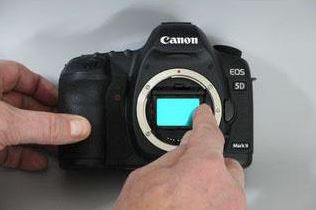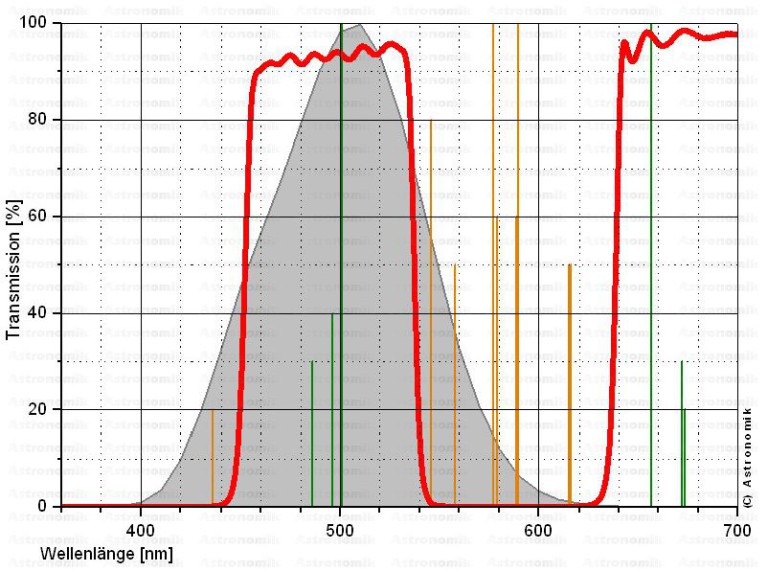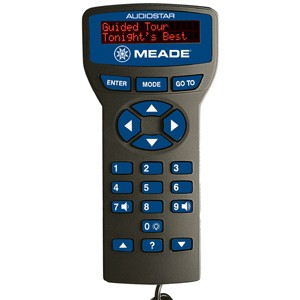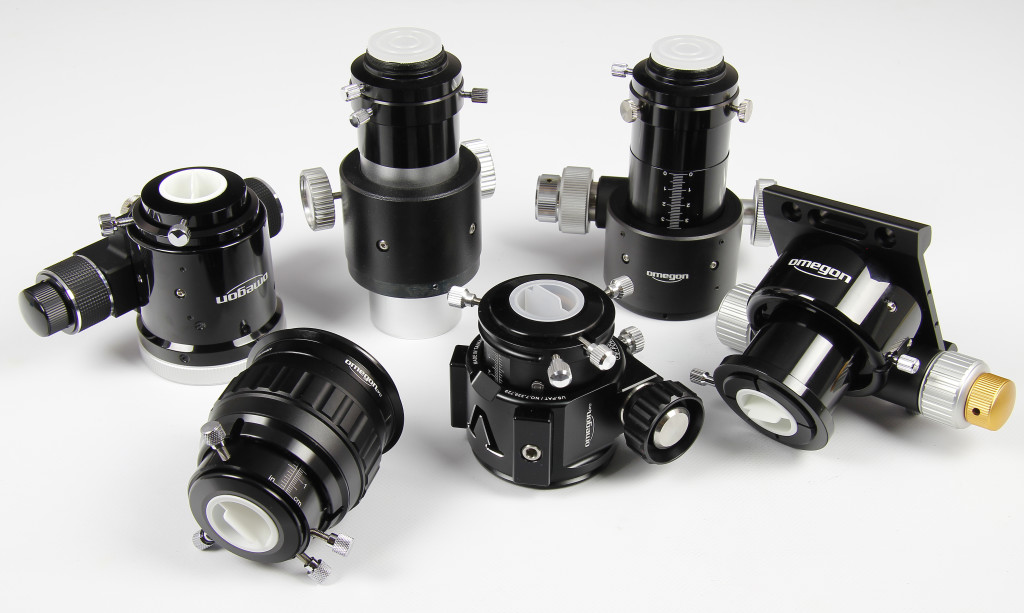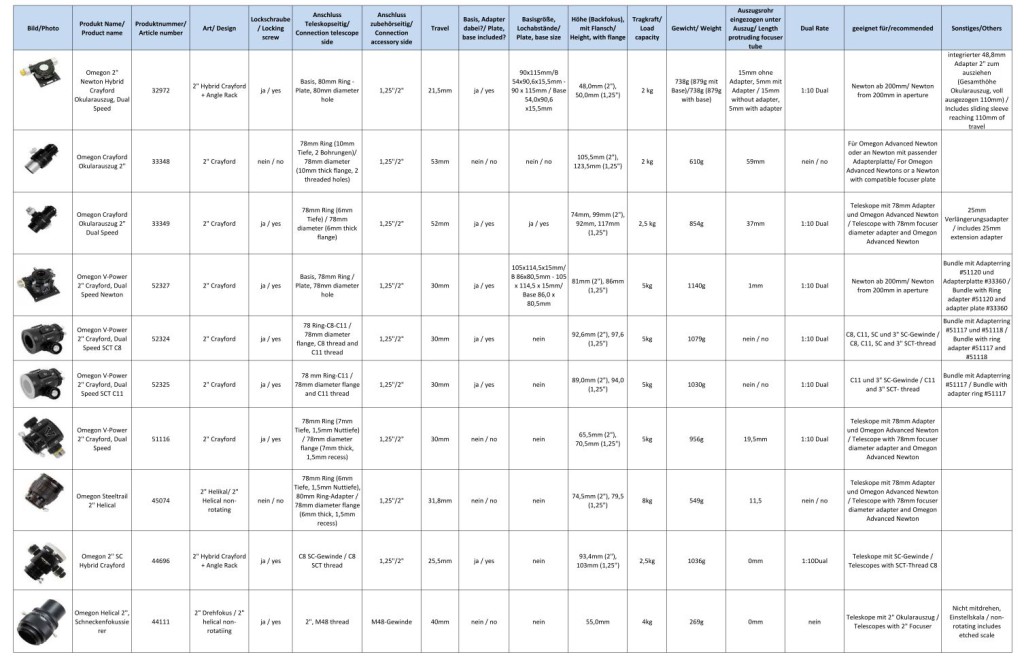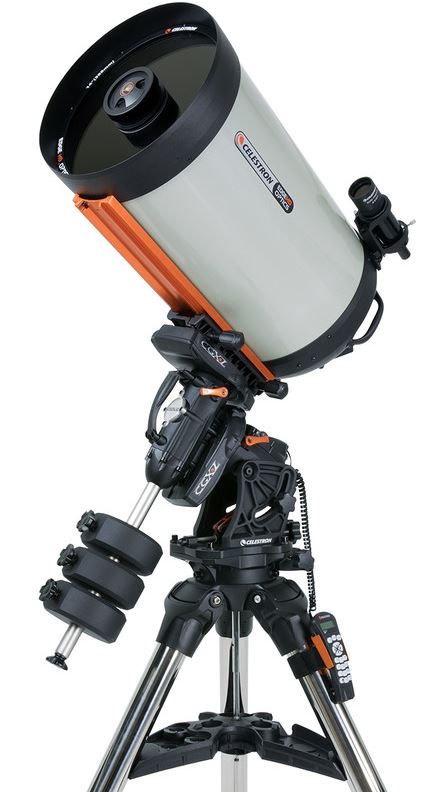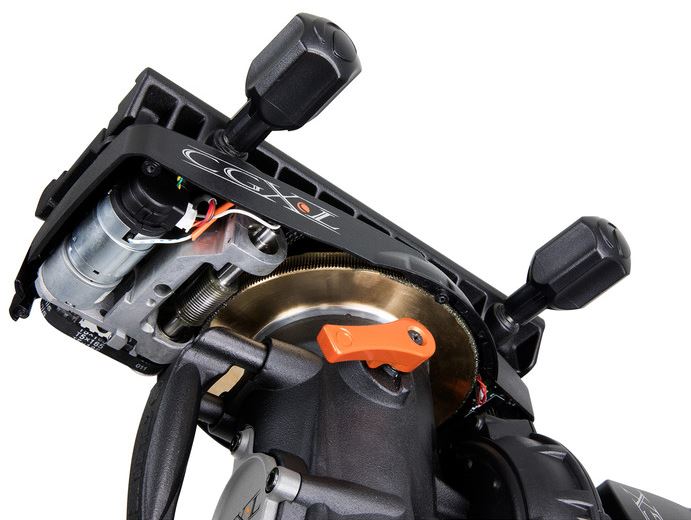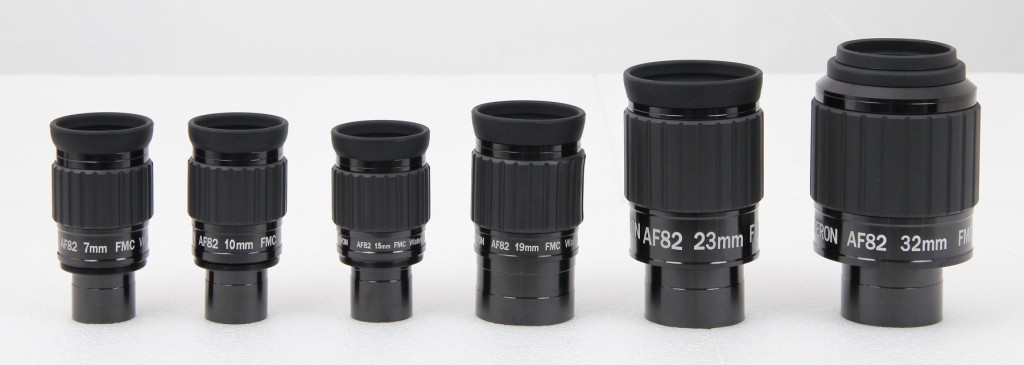The new Omegon telescopes are impressive instruments for any visual stargazer. With the Advanced X and ProDob Dobsonian telescopes, gazing at planets, nebulae and galaxies becomes a lot of fun. Just as with other equipment? No. Because these telescopes are in many ways a lot better than other Dobson telescopes.
Both new series are equipped with a particularly good mirror with up to 94% reflection for bright images. And with a fan which allows you to start observing even earlier.
The Dobson telescopes from Omegon consist of only two parts. Even if you have a stressful day and little time, these telescopes will provide you with many pleasant stargazing hours. Because set up only takes a few minutes, you can start stargazing almost instantaneously. And all this for a lower price than comparable models on an equatorial mount.
Omegon now offers two new Dobson series – in excellent workmanship.
Omegon Dobson telescope Advanced X
A fast telescope for easy observation of planets, star clusters, nebulae and galaxies. Excellent workmanship, consisting of only two parts and very easy to operate. Suitable for any Astro beginner, because no axes need to be aligned. A simple principle: Set up and watch.
- Teflon pads in height and azimuth axis
- Primary mirror with 94% mirror coating
- Primary mirror fan
- 2” Crayford focuser
- 8×50 finder
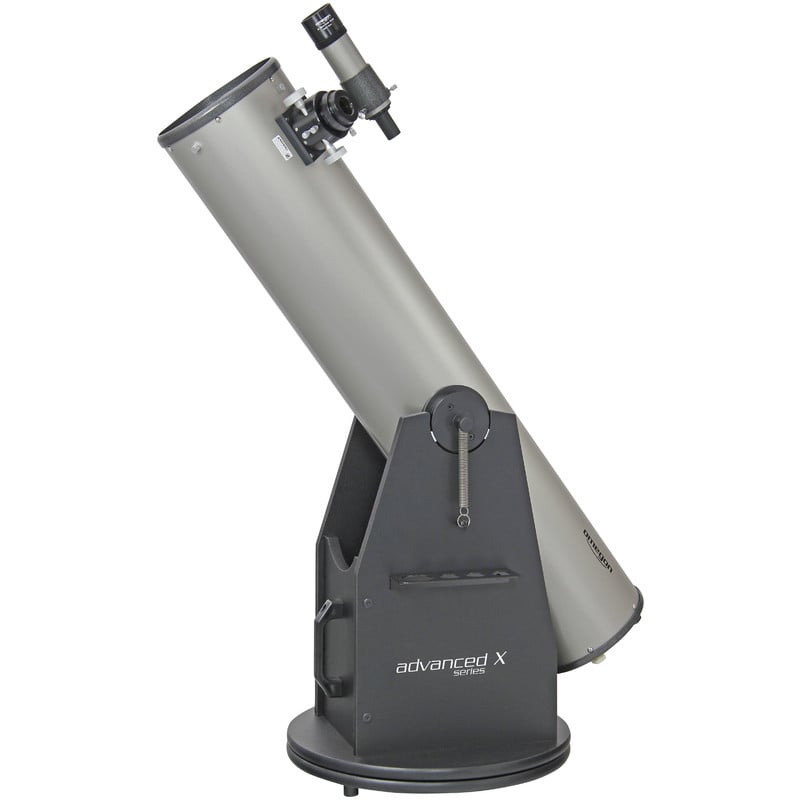
Omegon Dobson telescope ProDob
To make sure that you always stay on track when observing!
Omegon Pro Dobson telescopes for successful stargazing nights.
The new friction system makes the exact alignment and tracking of sky objects an even simpler task. The axes run in needle bearings in azimuth and ball bearings in the height axis, instead of Teflon pads.
This allows even lighter navigation of the telescope and extremely soft following of your movements. Keep celestial objects in your field of view, even with high magnification. An unbeatable advantage! For this purpose the range of high-quality accessories includes: e.g. the Omegon SWA 32mm eyepiece. It is of a much better quality than many other eyepieces, which are normally part of the scope of delivery of other telescopes. Our customers’ reviews: “Super!”, “Simply high-class.” or “[…] just perfect and good”.
- Friction system: ultra-soft and precise movement
- Needle bearings: soft and exact movement in azimuth – even with just one finger
- Primary mirror with 94% mirror coating
- Primary mirror fan: quicker cooling, ready faster for stargazing
- Red dot finder Deluxe, premium eyepiece 2” SWA 32mm
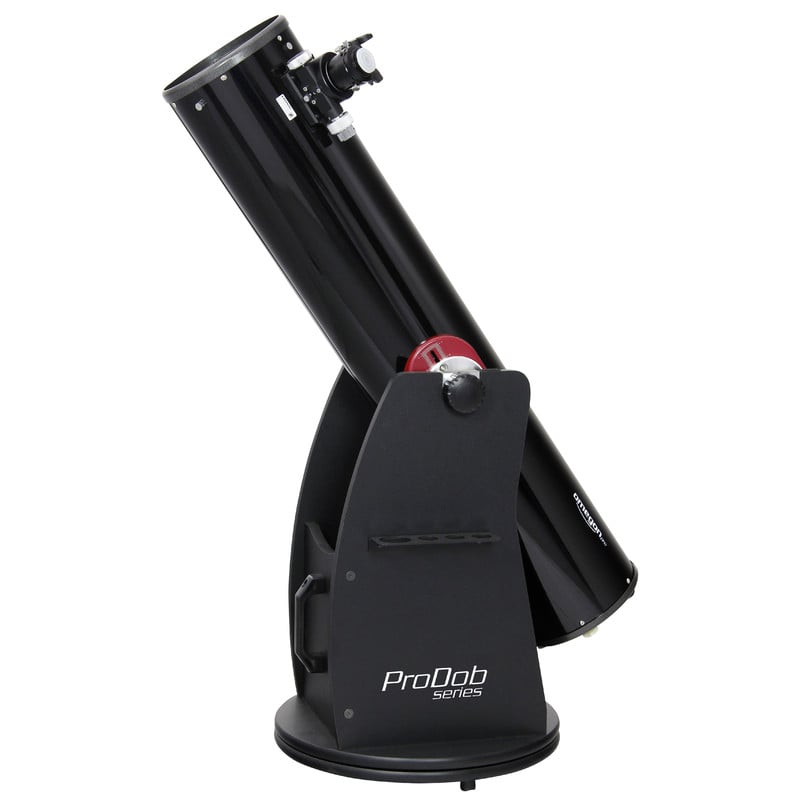
No matter whether you’re a beginner or an advanced stargazer: With an Omegon Dobson under the dark sky, you will experience everything the universe has to offer. If you are looking for a telescope for visual observations you should buy a Omegon Advanced X or ProDob telescope.

